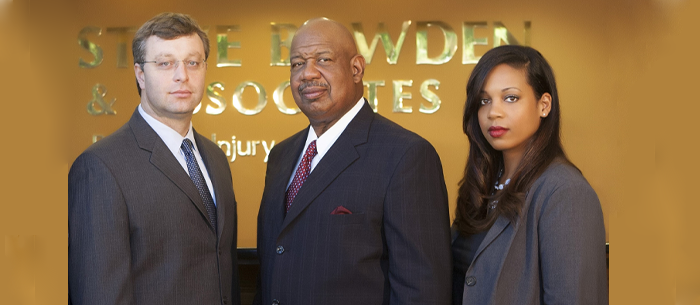During the birth process, there are so many negative things that can happen to a baby in North Carolina. One of them is a birth injury. A birth injury can happen to anyone, and it’s important for you to understand them to know how to handle them.
In this article, we will go over 3 types of birth injuries that many people don’t know about.
Bruising or forceps marks
Bruising or forceps marks typically happen during a complicated birth. This type of birth injury usually happens when there isn’t enough room for your child’s head to pass through. Doctors use instruments, like forceps or vacuum extractors, to move the child down into the birth canal.
The marks left behind on your baby’s head will become red or purple and can range from mild to severe, depending on how force doctors used during the birth process. It is important to not ignore these as they are a sign of what happened in the birth that you want medical professionals to see if necessary.
Brachial palsy
Brachial palsy is a birth injury that involves the nerves in a child’s arm and shoulder. This can happen during birth when their head gets squeezed or pulled too hard, damaging their neck muscles. This leads to paralysis of one arm. It may also happen if your baby was born with an infection, like herpes before birth or during birth.
Brachial palsy can also happen if your child was born prematurely and their shoulders were too small for them to pass through the birth canal.
Cephalohematoma
Cephalohematoma is one of the most common birth defects that occurs when blood pools between the skull and scalp, causing it to swell. This can happen after birth if your child’s head was forcefully pulled from their body or if they were born with an unusually thick birth canal lining, making delivery difficult.
Dealing with birth injuries is never easy, but it’s important to be aware of the different birth injuries that can happen so you’re prepared. Not every birth injury will cause lifelong damage and many resolve on their own. It is also possible for your child to eventually escape any repercussions with therapy or surgery if necessary.


